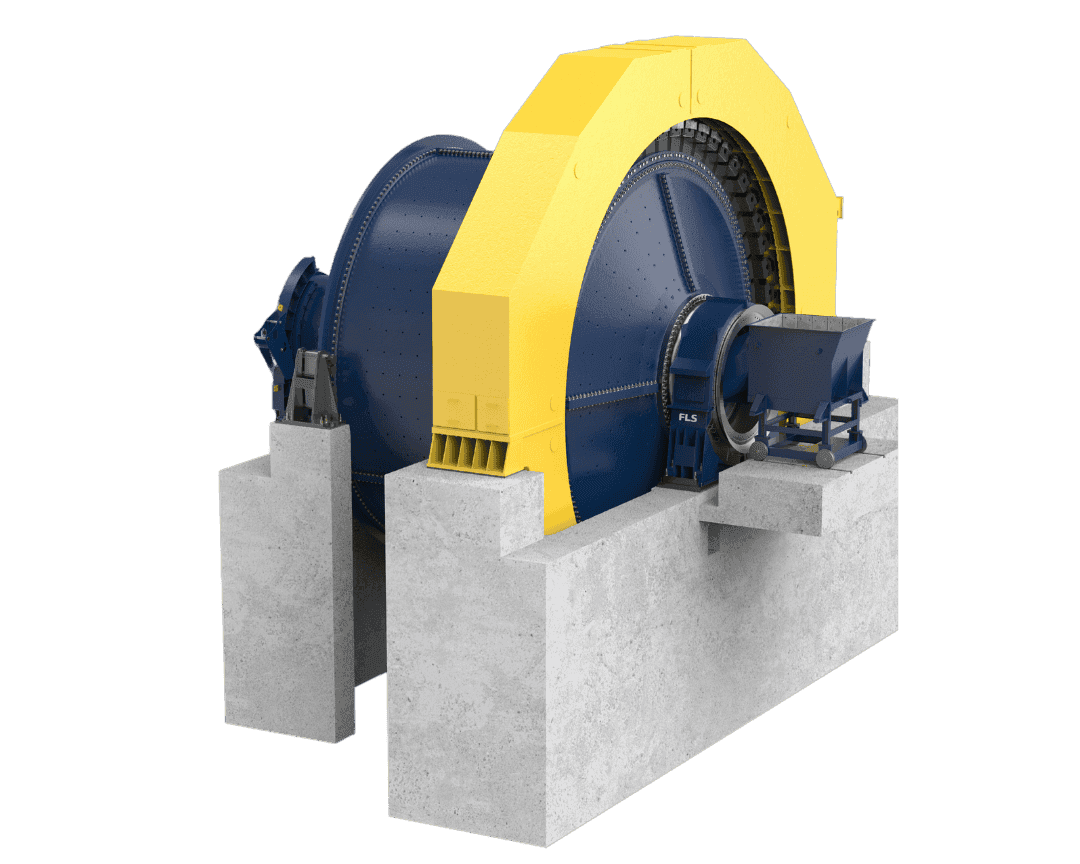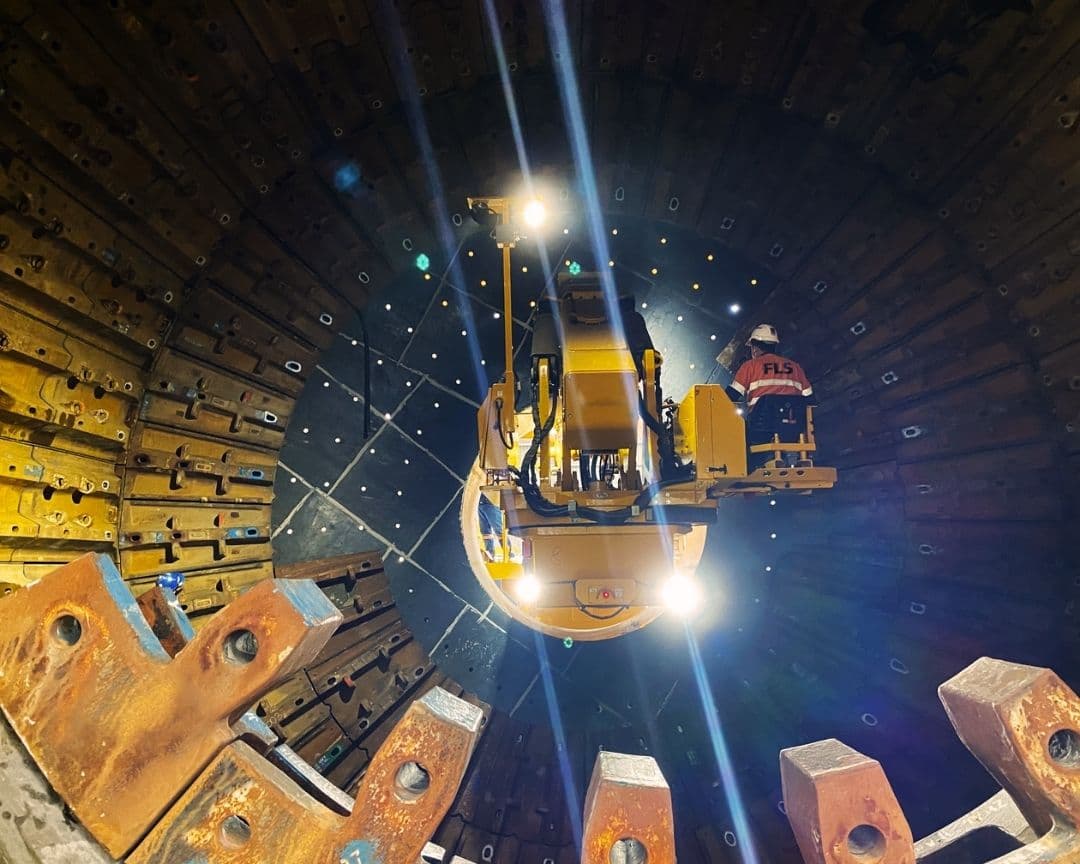The beginning of the solution is understanding the problem
The journey to our solution began with a thorough review of operating conditions and liner design. Through this, we determined the first course of action should be to tackle the problems associated with the discharge system. This would allow us to increase throughput and reduce weight – and would also lead to other objectives being met.
With some key improvements in mind, we created sophisticated DEM simulations to help evaluate what discharge design would best meet the mine’s objectives. These simulations allowed us to beat the mine’s throughput target of 2,100 tpd and forecast a maximum possible throughput of 2,300 tpd. The new simulated design also showed a significant increase in service life, meeting the need to reduce maintenance interventions.
After initial onsite discussions, mine personnel were invited to review the design adjustments and define the final scope. This made sure customer knowledge was also incorporated into the solution, as well as those of our engineering team.

